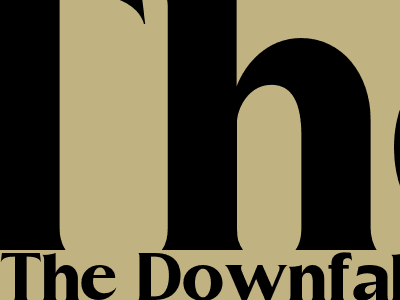
The Downfall Of Diddy Where To Watch
Content Optimization for Maximum SEO Success
Optimizing Your Content for Search Engines
Content optimization is key to improving your website's visibility and ranking in search engine results pages (SERPs). By optimizing your content, you can make it more relevant to the keywords and phrases that users are searching for, and thus increase the chances of your site appearing in the top results.
There are a number of different factors that you need to consider when optimizing your content, including:
- Keyword research: Identifying the keywords and phrases that users are searching for is essential for optimizing your content. You can use keyword research tools to help you find the most relevant keywords for your site.
- On-page optimization: On-page optimization refers to the optimization of the content on your website. This includes things like optimizing your page titles, meta descriptions, and header tags.
- Off-page optimization: Off-page optimization refers to the optimization of the factors that are external to your website. This includes things like building backlinks to your site and promoting your content on social media.
Crafting Compelling Headlines
Your headlines are one of the most important elements of your content, as they are the first thing that users will see when they come across your site. A compelling headline can grab users' attention and entice them to click through to your site.
When crafting your headlines, keep the following in mind:
- Keep it short and to the point: Your headlines should be short and to the point, so that users can quickly and easily understand what your content is about.
- Use keywords: Include relevant keywords in your headlines, so that users can easily find your content when they are searching for those keywords.
- Make it unique: Your headlines should be unique and original, so that they stand out from the competition.
Using Images and Videos
Images and videos can be a great way to break up your text and make your content more engaging. They can also help to improve your site's ranking in SERPs, as they can provide additional information to users.
When using images and videos, keep the following in mind:
- Optimize your images: Optimize your images for the web by using descriptive file names and alt tags.
- Use high-quality images: Use high-quality images that are relevant to your content.
- Use videos sparingly: Videos can be a great way to engage users, but use them sparingly, as they can slow down your site.
Promoting Your Content
Once you have created high-quality content, you need to promote it so that people can find it. There are a number of different ways to promote your content, including:
- Social media: Promote your content on social media platforms like Facebook, Twitter, and LinkedIn.
- Email marketing: Create an email list and send out regular newsletters to your subscribers.
- Guest posting: Write guest posts for other blogs in your industry.
Comments